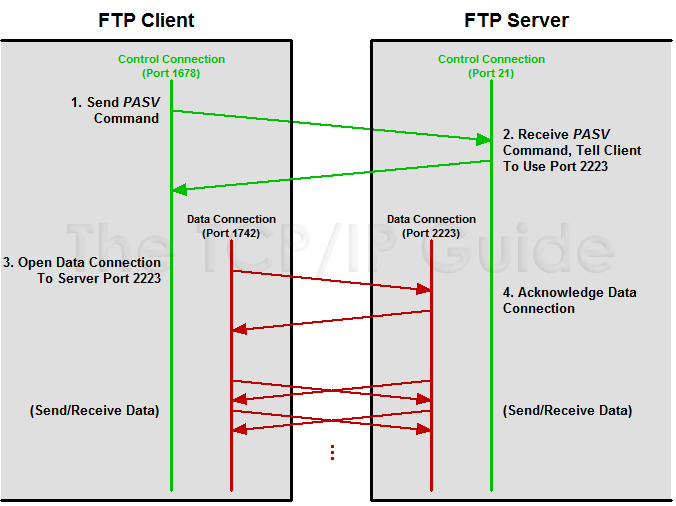 |
|
Please Whitelist This Site?
I know everyone hates ads. But please understand that I am providing premium content for free that takes hundreds of hours of time to research and write. I don't want to go to a pay-only model like some sites, but when more and more people block ads, I end up working for free. And I have a family to support, just like you. :)
If you like The TCP/IP Guide, please consider the download version. It's priced very economically and you can read all of it in a convenient format without ads.
If you want to use this site for free, I'd be grateful if you could add the site to the whitelist for Adblock. To do so, just open the Adblock menu and select "Disable on tcpipguide.com". Or go to the Tools menu and select "Adblock Plus Preferences...". Then click "Add Filter..." at the bottom, and add this string: "@@||tcpipguide.com^$document". Then just click OK.
Thanks for your understanding!
Sincerely, Charles Kozierok
Author and Publisher, The TCP/IP Guide
|
|
|

Custom Search
|
|
FTP Data Connection Management, Normal (Active) and Passive Data Connections and Port Usage
(Page 3 of 4)
Passive Data Connections
The second method is called a passive data connection. The client tells the server to be “passive”, that is, to accept an incoming data connection initiated by the client. The server replies back giving the client the server IP address and port number that it should use. The Server-DTP then listens on this port for an incoming TCP connection from the User-DTP. By default, the user machine uses the same port number it used for the control connection, as in the active case. However, here again, the client can choose to use a different port number for the data connection if necessary (typically an ephemeral port number.)
Let's consider our example again, with the control connection from port 1678 on the client to port 21 on the server, but this time consider data transfer using a passive connection, as illustrated in Figure 291. The client would issue the PASV command to tell the server it wanted to use passive data control. The Server-PI would reply back with a port number for the client to use, say port 2223. The Server-PI would then instruct the Server-DTP to listen on this port 2223. The User-PI would instruct the User-DTP to create a connection from client port 1742 to server port 2223. The server would acknowledge this and then data could be sent and received, again in either direction.
|
|
| |||||||||||||||||||
Home - Table Of Contents - Contact Us
The TCP/IP Guide (http://www.TCPIPGuide.com)
Version 3.0 - Version Date: September 20, 2005
© Copyright 2001-2005 Charles M. Kozierok. All Rights Reserved.
Not responsible for any loss resulting from the use of this site.







